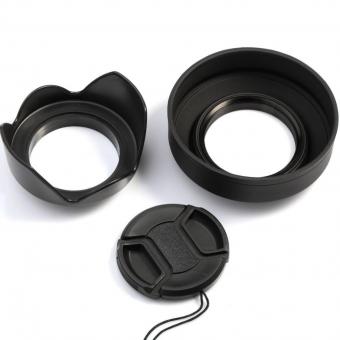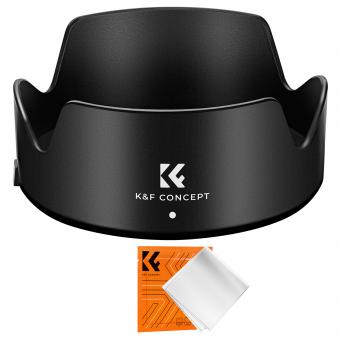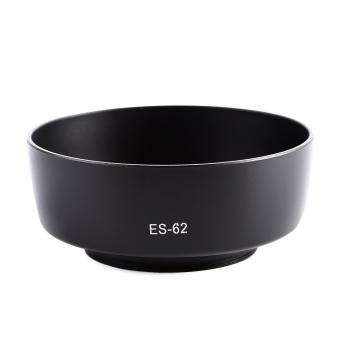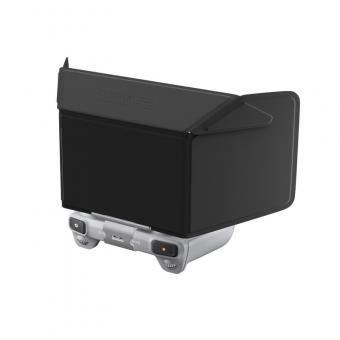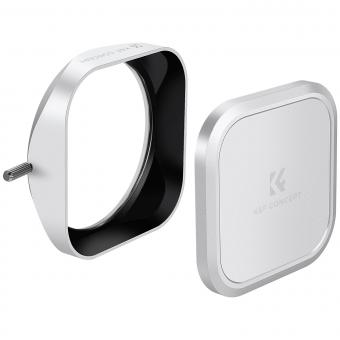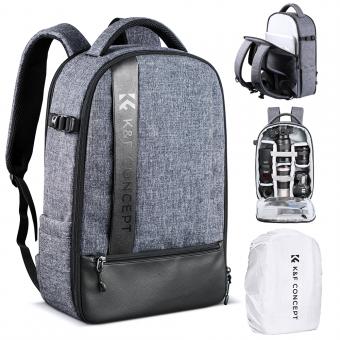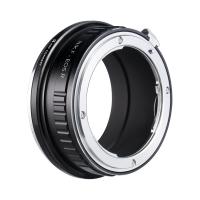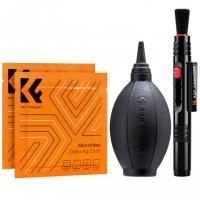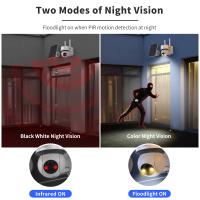What Is A Dslr Lens Hood For?
In the world of photography, the importance of accessories cannot be overstated. Among these, the DSLR lens hood is a crucial yet often overlooked component. This article aims to delve into the various aspects of DSLR lens hoods, their functions, and why they are indispensable for both amateur and professional photographers.
Understanding the DSLR Lens Hood
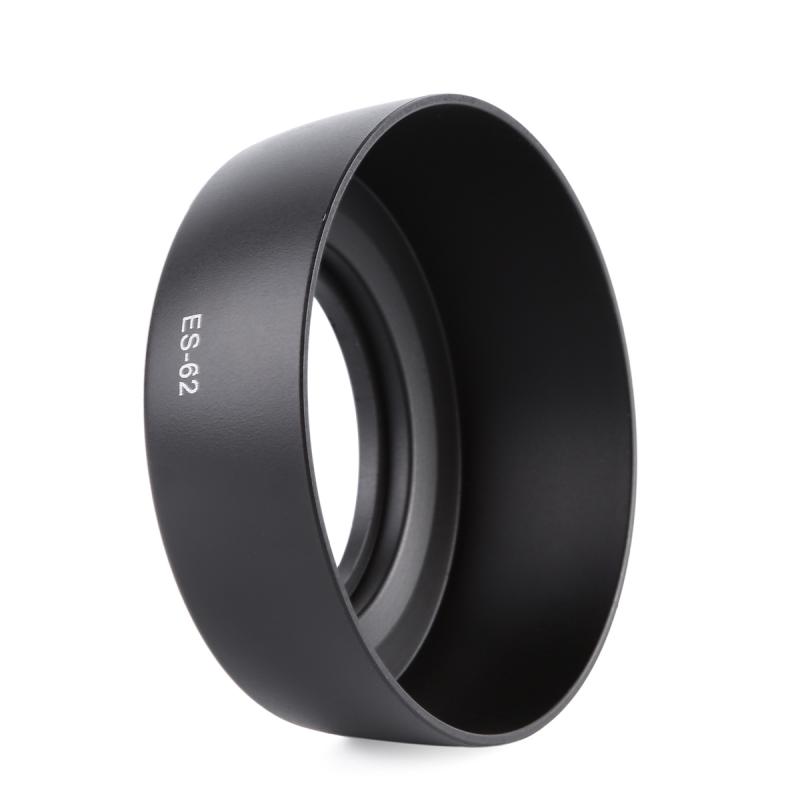
A DSLR lens hood is a cylindrical or petal-shaped accessory that attaches to the front of a camera lens. Its primary function is to block stray light from entering the lens, which can cause unwanted glare and lens flare. However, the benefits of using a lens hood extend far beyond just reducing glare.
Functions of a DSLR Lens Hood
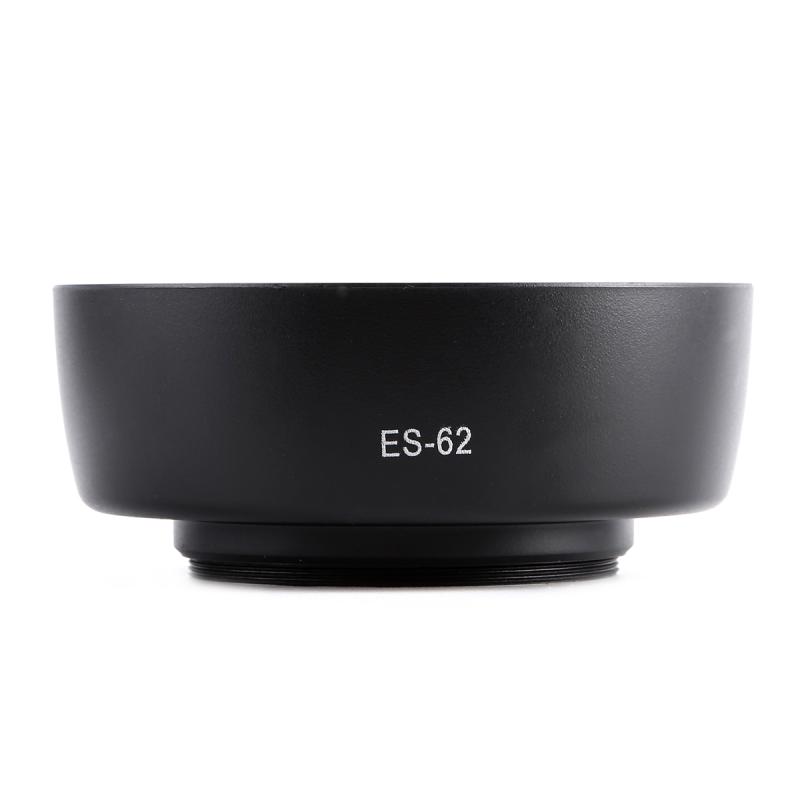
1. Reducing Lens Flare and Glare
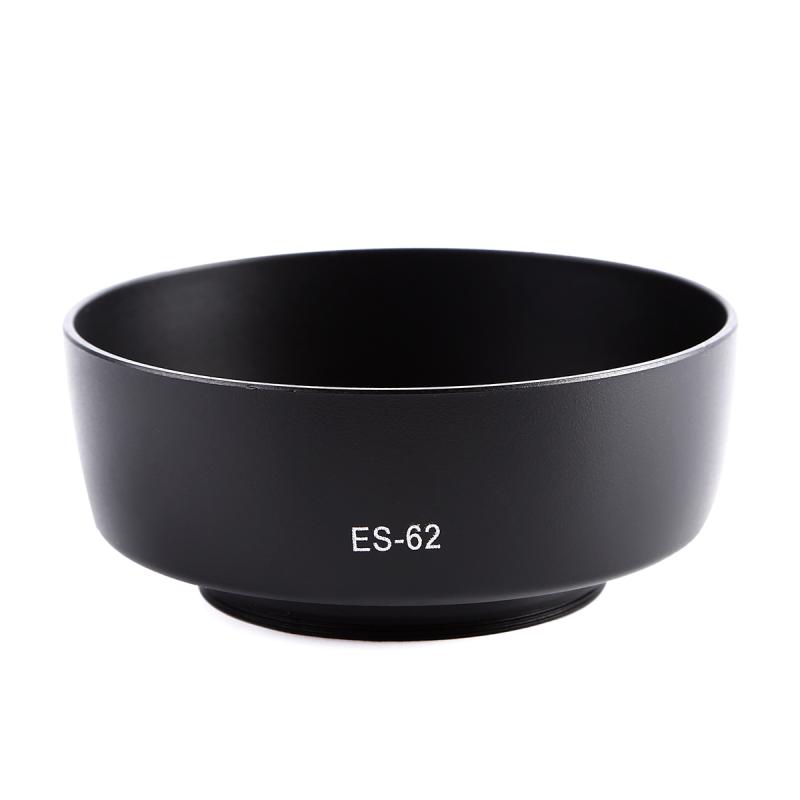
One of the most significant advantages of using a lens hood is its ability to minimize lens flare and glare. When shooting in bright conditions, stray light can enter the lens from various angles, causing reflections and reducing the overall image quality. A lens hood acts as a shield, blocking this stray light and ensuring that only the intended light reaches the lens.
2. Enhancing Contrast and Color Saturation
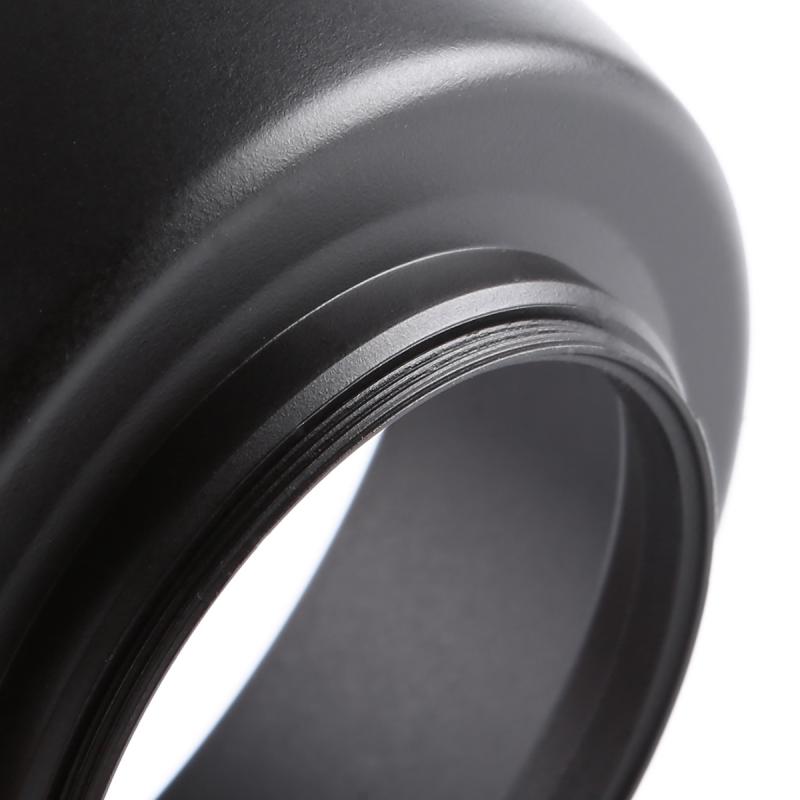
By reducing the amount of stray light that enters the lens, a lens hood helps in enhancing the contrast and color saturation of your photos. This is particularly important in outdoor photography, where the lighting conditions can be unpredictable. With a lens hood, you can achieve richer colors and sharper contrasts, making your images more vibrant and appealing.
3. Providing Physical Protection
A lens hood also serves as a protective barrier for your lens. It can prevent accidental bumps, scratches, and even minor impacts that could otherwise damage the lens. This is especially useful in crowded or rugged environments where the risk of physical damage is higher.
4. Improving Autofocus Performance
Stray light can sometimes interfere with a camera's autofocus system, causing it to hunt for focus or lock onto the wrong subject. By blocking this unwanted light, a lens hood can improve the accuracy and speed of your camera's autofocus, ensuring that you capture sharp and well-focused images.
Types of DSLR Lens Hoods
There are several types of lens hoods available, each designed for specific lenses and shooting conditions. Understanding the differences can help you choose the right one for your needs.
1. Cylindrical Lens Hoods
Cylindrical lens hoods are typically used with telephoto lenses. Their long, tube-like shape is effective at blocking stray light from entering the lens, making them ideal for shooting in bright conditions or when the sun is low in the sky.
2. Petal (or Tulip) Lens Hoods
Petal lens hoods, also known as tulip lens hoods, have a distinctive flower-like shape. They are designed to maximize the amount of light that reaches the lens while minimizing the risk of vignetting (darkening of the corners of the image). Petal lens hoods are commonly used with wide-angle and standard zoom lenses.
3. Square and Rectangular Lens Hoods
Square and rectangular lens hoods are less common but are sometimes used with certain types of lenses, such as those designed for medium format cameras. These hoods offer excellent protection against stray light and are particularly effective when shooting in challenging lighting conditions.
When to Use a DSLR Lens Hood
While a lens hood can be beneficial in many situations, there are specific scenarios where its use is particularly advantageous.
1. Outdoor Photography
When shooting outdoors, especially in bright sunlight, a lens hood can significantly reduce the risk of lens flare and glare. This is especially important when the sun is low in the sky, such as during sunrise or sunset.
2. Studio Photography
In a controlled studio environment, a lens hood can help manage the light from multiple sources, ensuring that only the intended light reaches the lens. This can be particularly useful when using complex lighting setups.
3. Crowded or Rugged Environments
In crowded or rugged environments, a lens hood can provide an extra layer of protection for your lens. Whether you're shooting at a busy event or exploring the great outdoors, a lens hood can help prevent accidental damage to your lens.
Common Misconceptions About Lens Hoods
Despite their many benefits, there are several misconceptions about lens hoods that can deter photographers from using them.
1. Lens Hoods Are Only for Professionals
One common misconception is that lens hoods are only necessary for professional photographers. In reality, photographers of all skill levels can benefit from using a lens hood. Whether you're a beginner or an experienced pro, a lens hood can help improve the quality of your images.
2. Lens Hoods Are Only Useful in Bright Conditions
While lens hoods are particularly effective in bright conditions, they can also be beneficial in other lighting situations. For example, they can help reduce the risk of lens flare when shooting under artificial lights or in low-light conditions.
3. Lens Hoods Are Bulky and Inconvenient
Some photographers avoid using lens hoods because they believe they are bulky and inconvenient. However, most lens hoods are designed to be lightweight and easy to attach and remove. Additionally, many lens hoods can be reversed and stored on the lens when not in use, making them convenient to carry.
In conclusion, a DSLR lens hood is a versatile and valuable accessory that can enhance the quality of your photos in various ways. By reducing lens flare and glare, enhancing contrast and color saturation, providing physical protection, and improving autofocus performance, a lens hood can help you capture sharper, more vibrant images. Whether you're shooting outdoors, in a studio, or in challenging environments, a lens hood is an essential tool that should be part of every photographer's kit. So, the next time you head out with your camera, don't forget to bring along your lens hood – it might just make all the difference in your photography.

